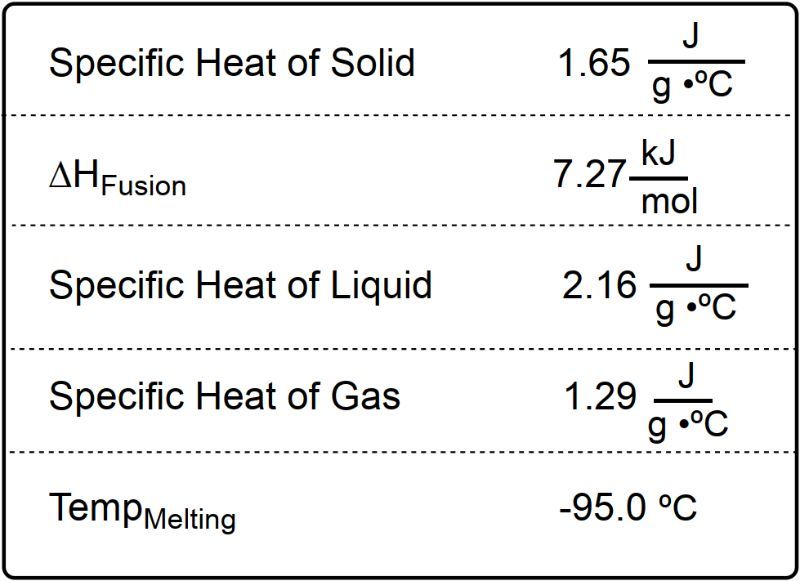In these next series of videos, we're going to take a look at heating and cooling curves, now realizing that heating and cooling curves represent the amount of heat absorbed or released by a substance during phase changes. Now remember, heat uses the variable Q. Here we have a heating curve versus a cooling curve and a heating curve. Our substance is absorbing heat. If it's absorbing heat, that means that it is an endothermic process. So that means Q would be positive. In a cooling curve we are releasing heat, the substance is cooling off. Releasing heat makes it an exothermic process or Q would be negative.
If we take a look here at our heating curve, we have a heating curve for water. Now water can exist as a solid, liquid or gas. Remember, at 0�C we can have the melting of ice, So if we add enough heat to solid ice, it gets to 0�C. At that point is where it undergoes a phase change. And notice that during a phase change there's no change in heat, it's plateaued. That's because a substance is using that heat that it's been absorbing in order to finally break its bonds, loosening up its molecules and transition from a solid phase to a liquid phase. Now remember, going from solid to liquid is melting or fusion, so we can say melting slash fusion can happen here.
Once all of the solid ice is melted into liquid water, it then starts to climb again in terms of temperature, and here is where it exists as a liquid now. Once it gets to 100�C, it's finally reached its next temperature change where it can undergo a phase change. So what 100�C. The liquid water has absorbed enough energy and it can use that energy to finally break itself even further apart into the gaseous phase. Remember, going from a liquid to a gas is a vaporization. If additional energy keeps getting added to the substance, it can go beyond. So at this point it's all changed into gaseous water or water vapor, and then keep climbing up having its temperature change and it exists as a gas. So that's how we look at a heating curve for water.
Now, conversely, if we're looking at cooling of water, we can say that water starts up here as a gas. It's at a temperature that's above 100�C. It could start to slowly release that energy and start to cool off. Once it reaches 100�C, we can say that it finally has released enough energy that it can undergo a phase change. Again, we've reached a plateau. There's no temperature change. It's at this point that the gaseous water is condensing down into a liquid. So here we have condensation. Here it's already a liquid, so it's going to keep releasing heat. And when we get to 100, it undergoes another phase change where temperature remains constant. It plateaus again. Here's where our liquid is becoming a solid. So here it is undergoing freezing and if it keeps releasing heat energy it could keep going and now it's a solid and temperatures changing again.
So think of these two things as mirror images of each other. We can see that vaporization and condensation both can occur at 100�C and melting fusion can occur at 0�C, just like freezing can. Think of this, when you're looking at the temperature changes involved with any substance as it's going between these phase changes, we can see that the temperature plateaus so that it can convert fully into new new phase and before it can continue to move up or down in terms of temperature change, right. So now that we get the basic idea of what a heating and cooling curve is, we'll continue onward with additional calculations.


